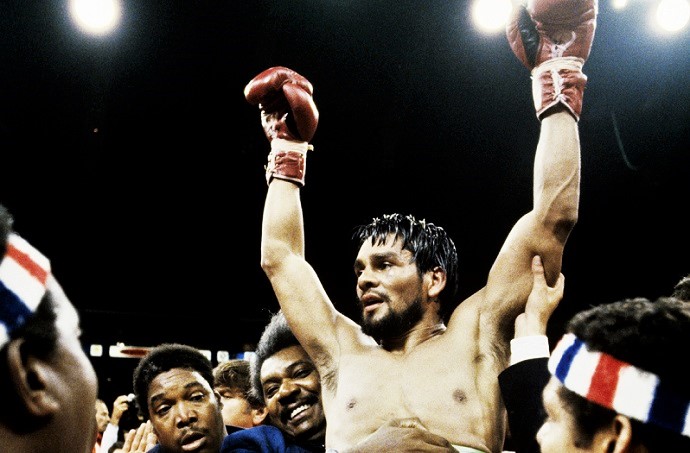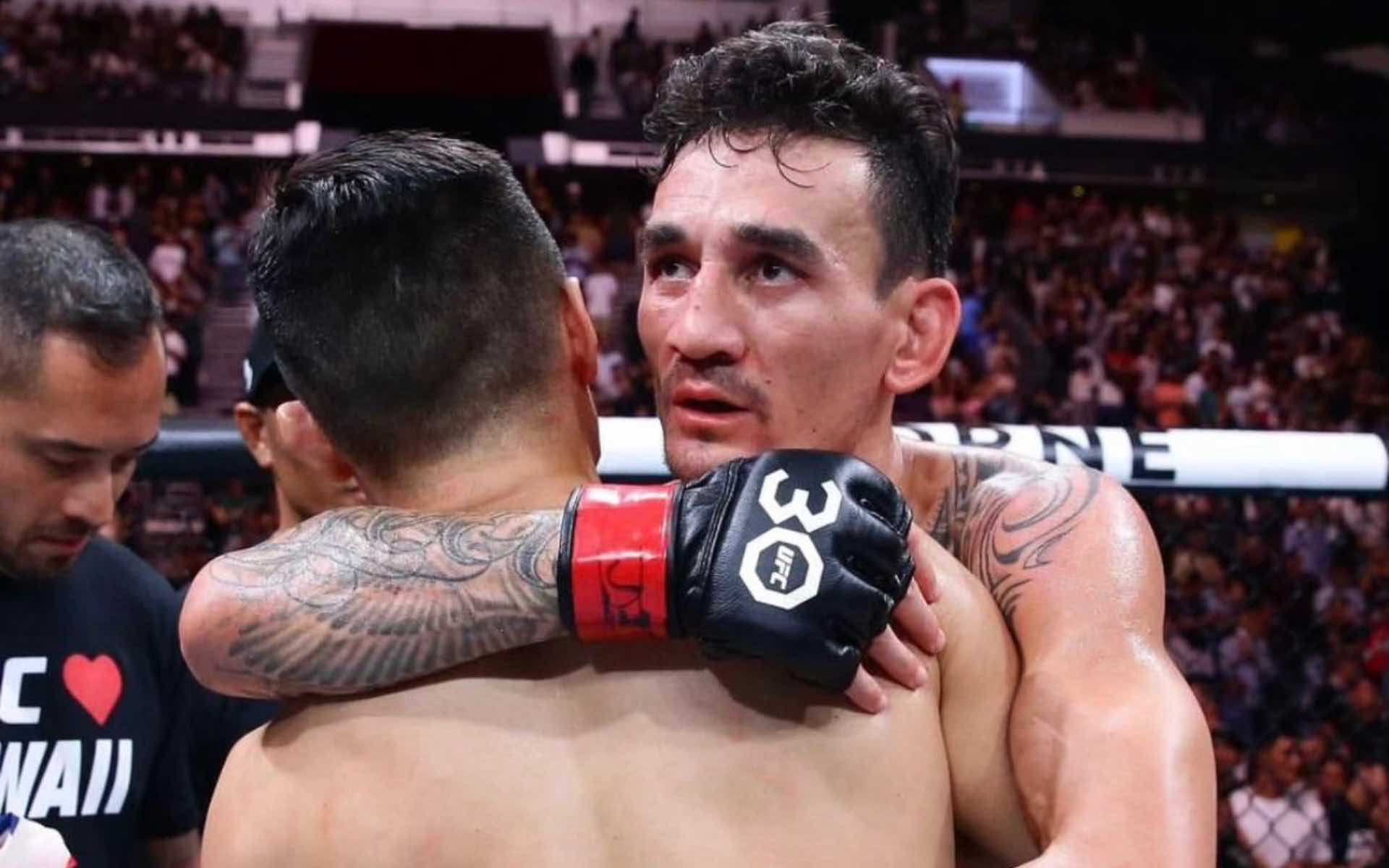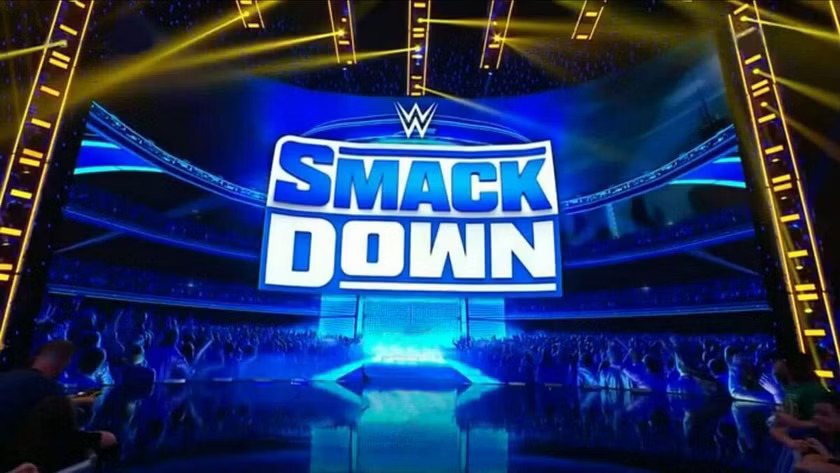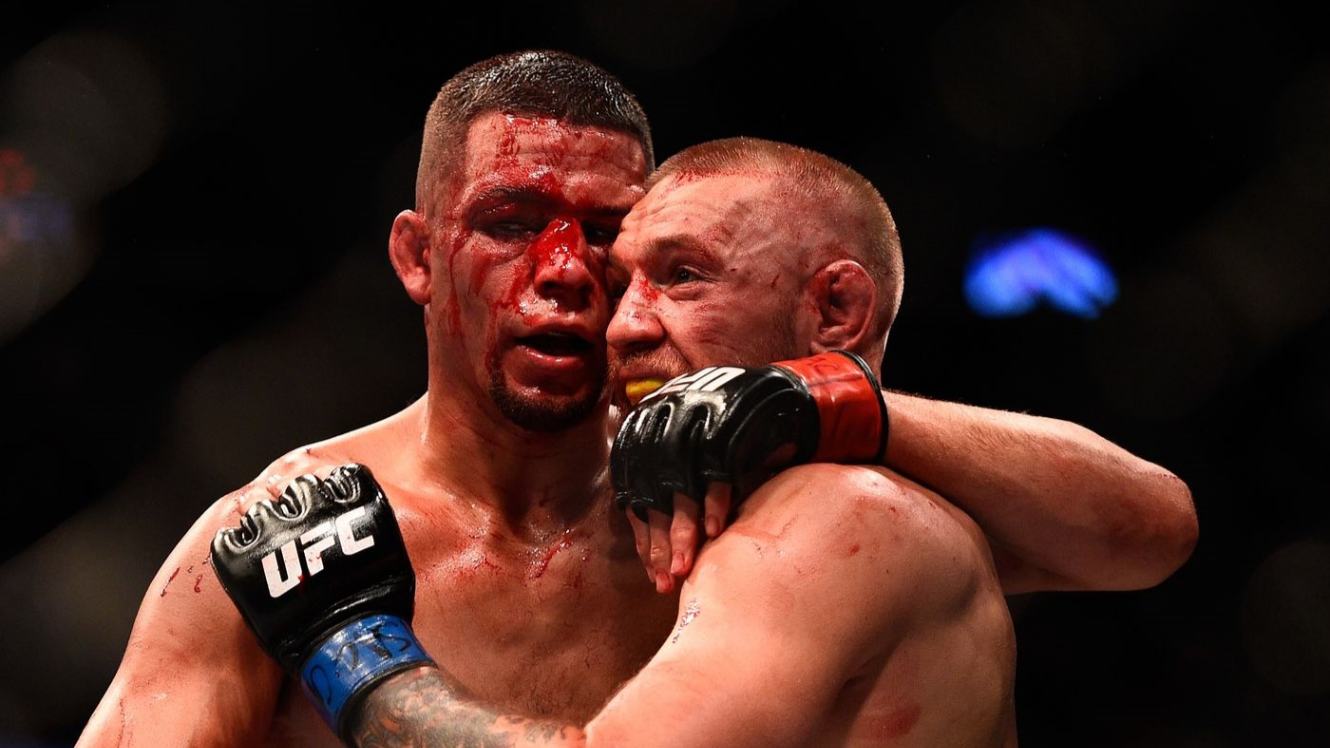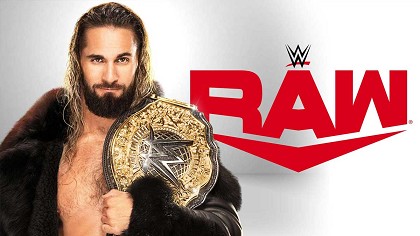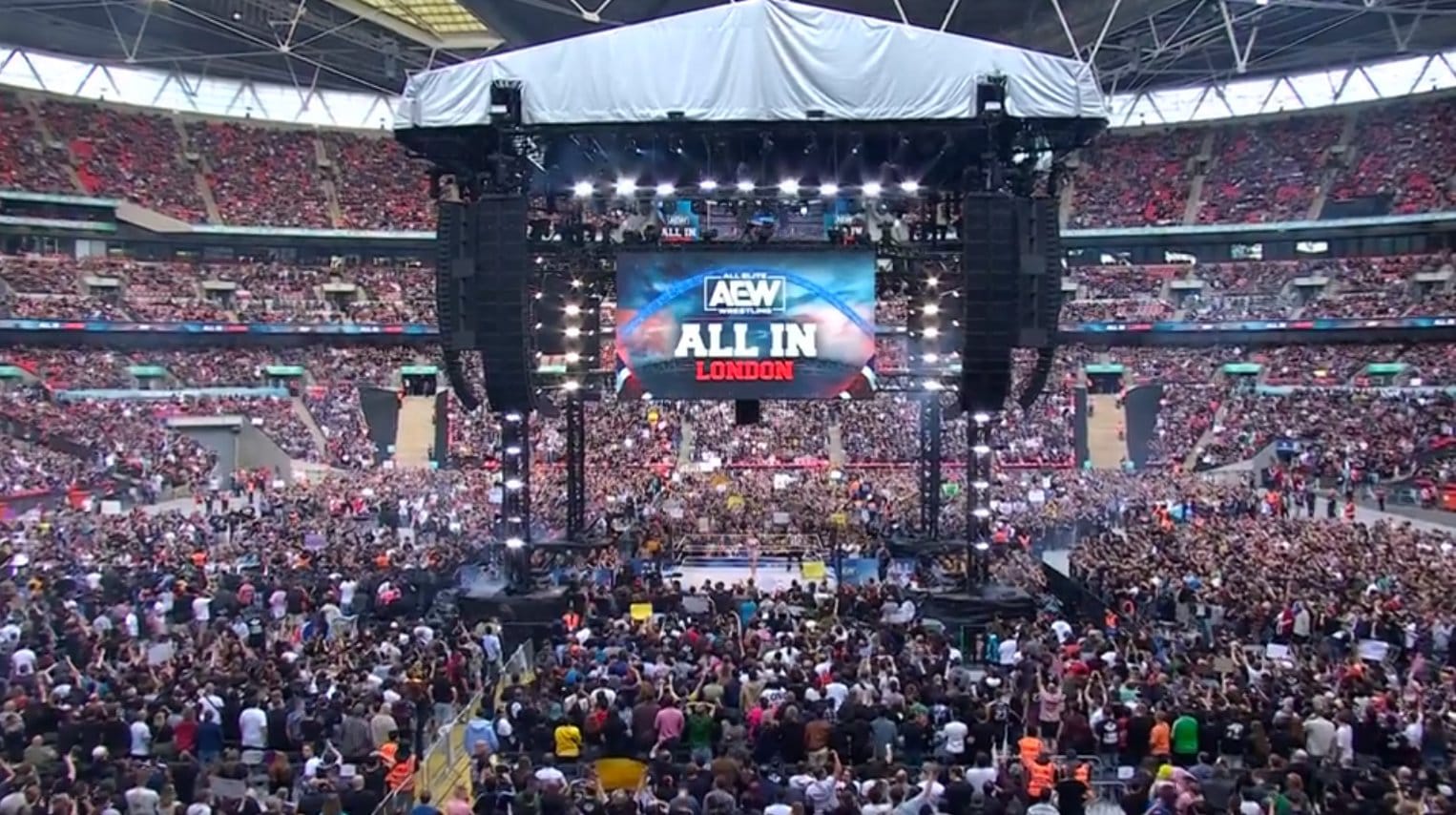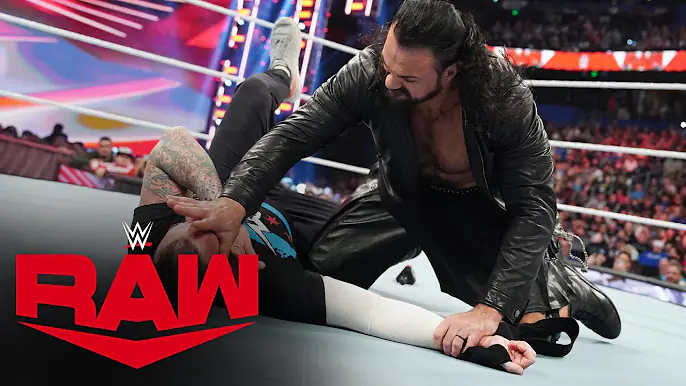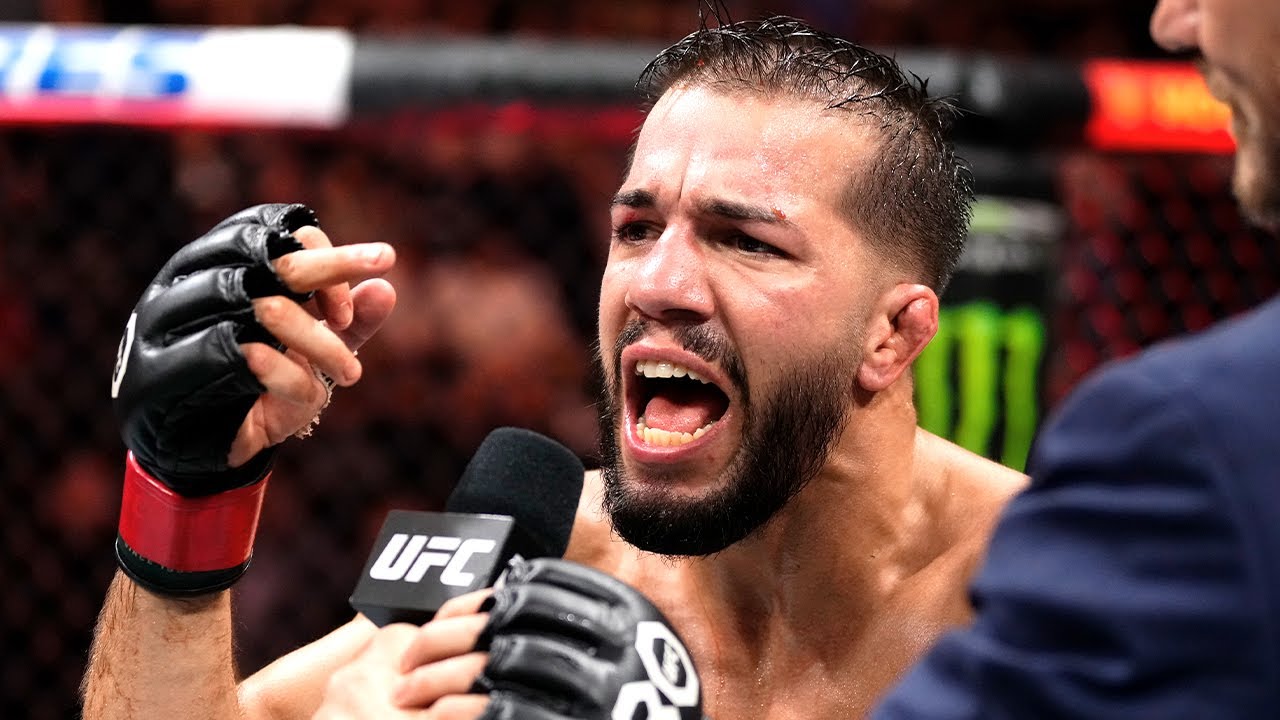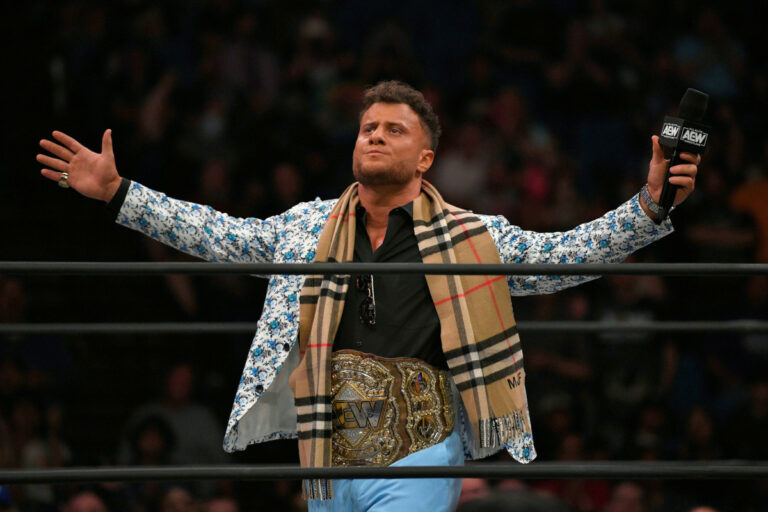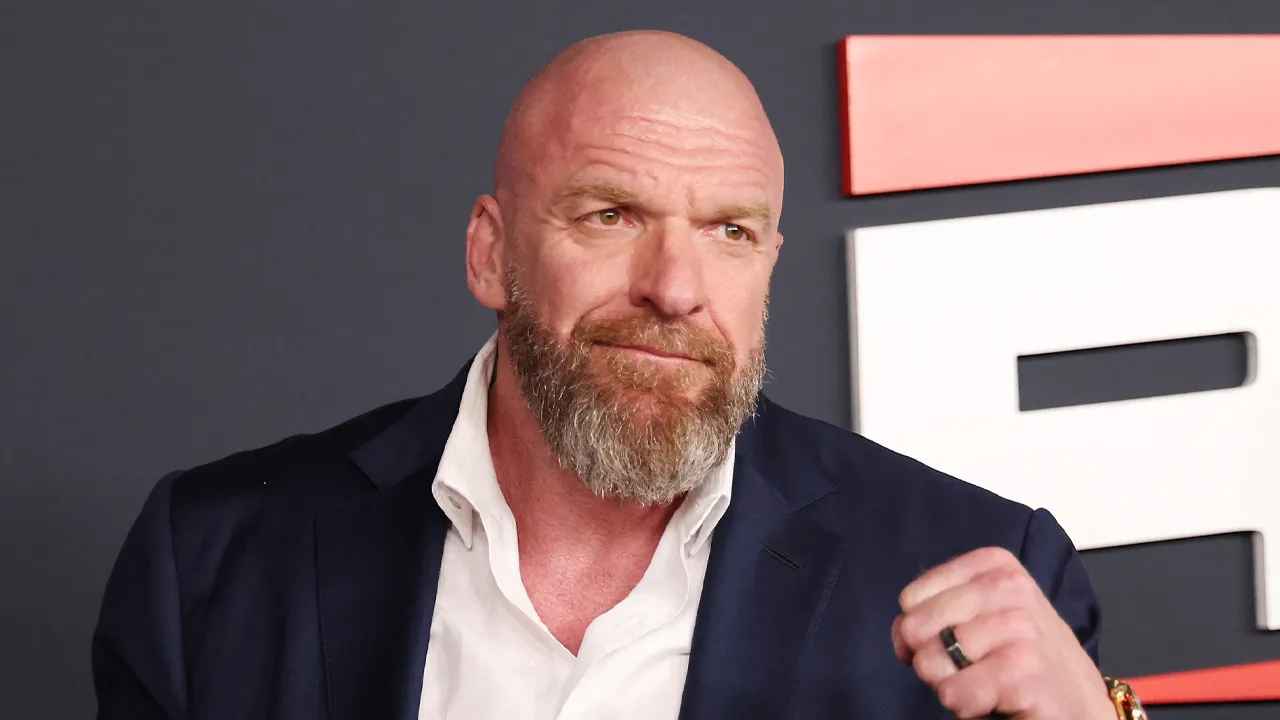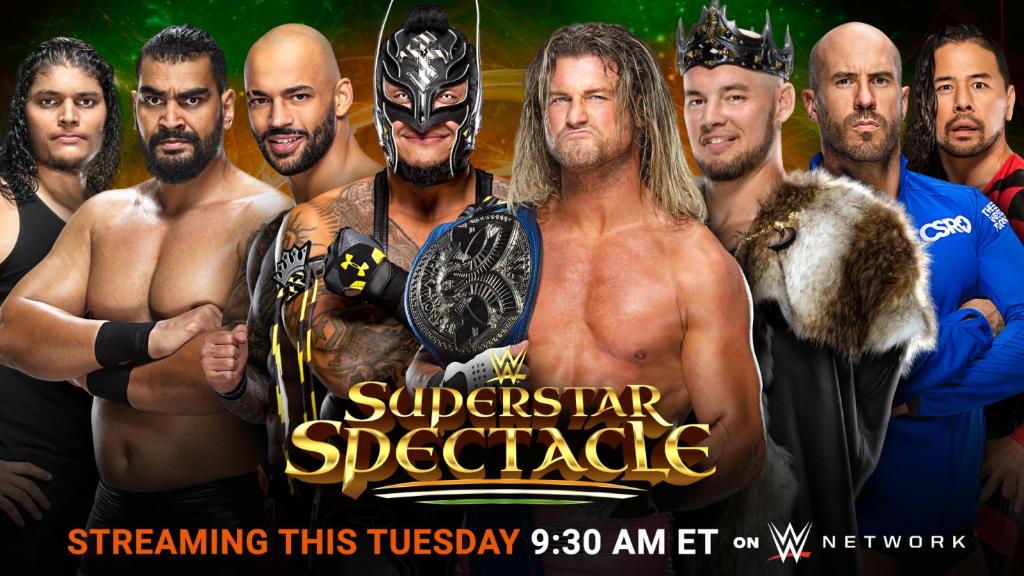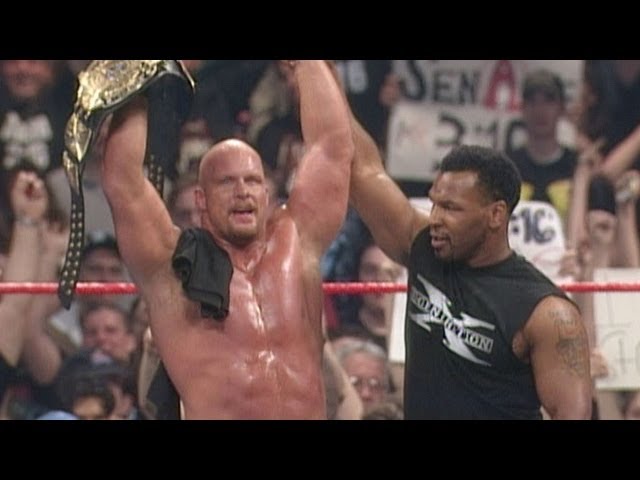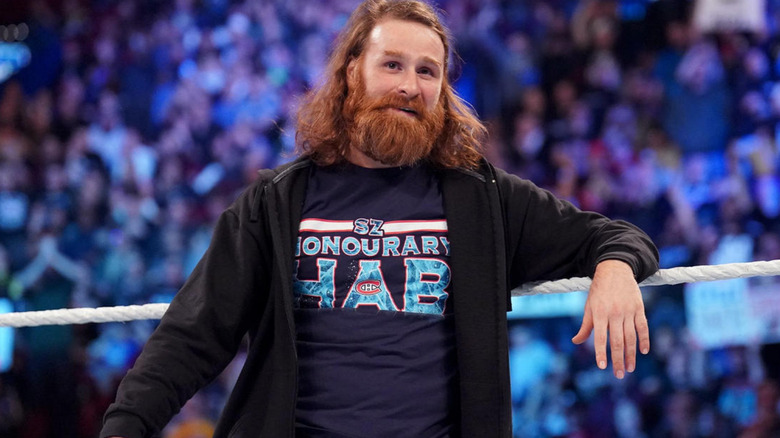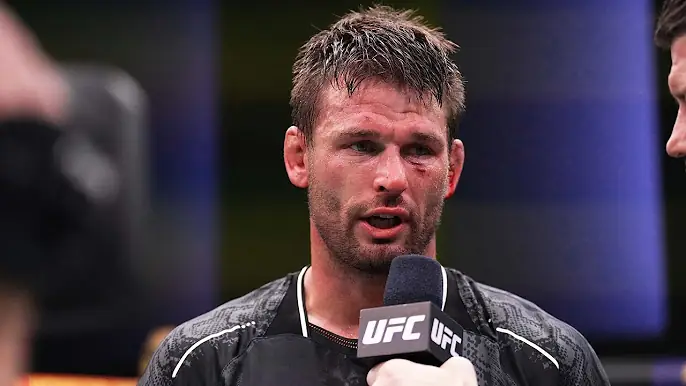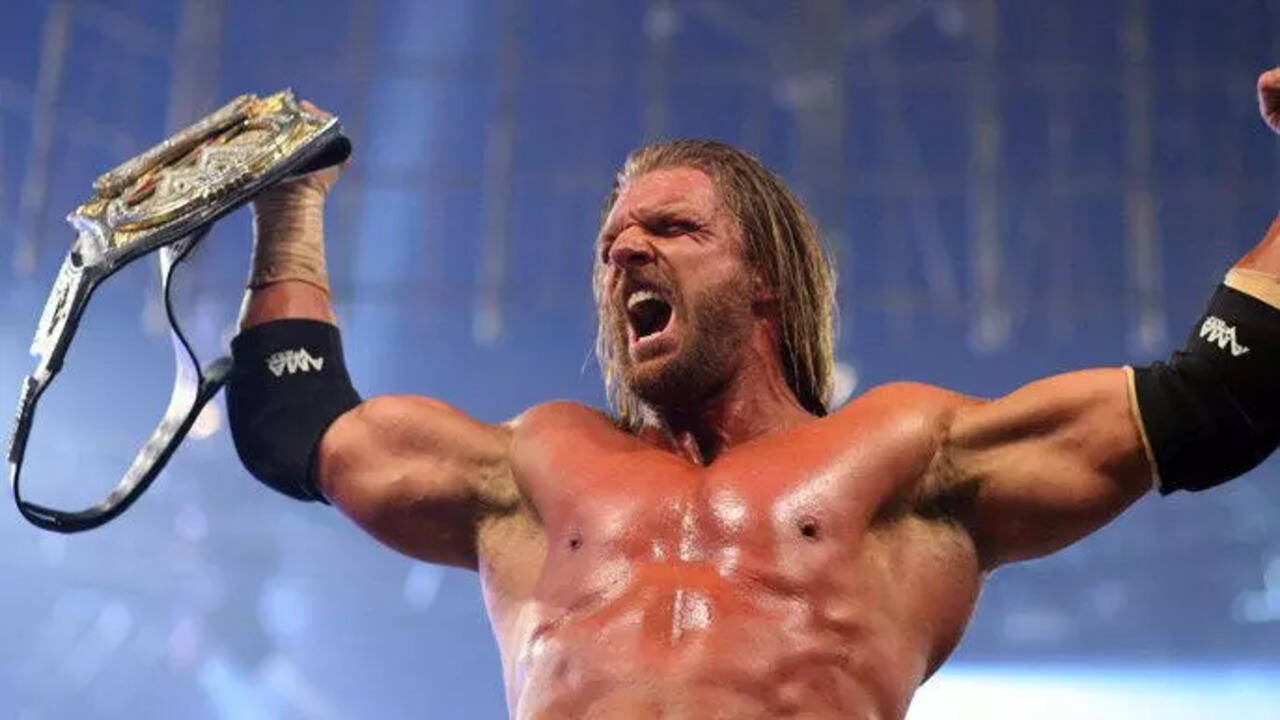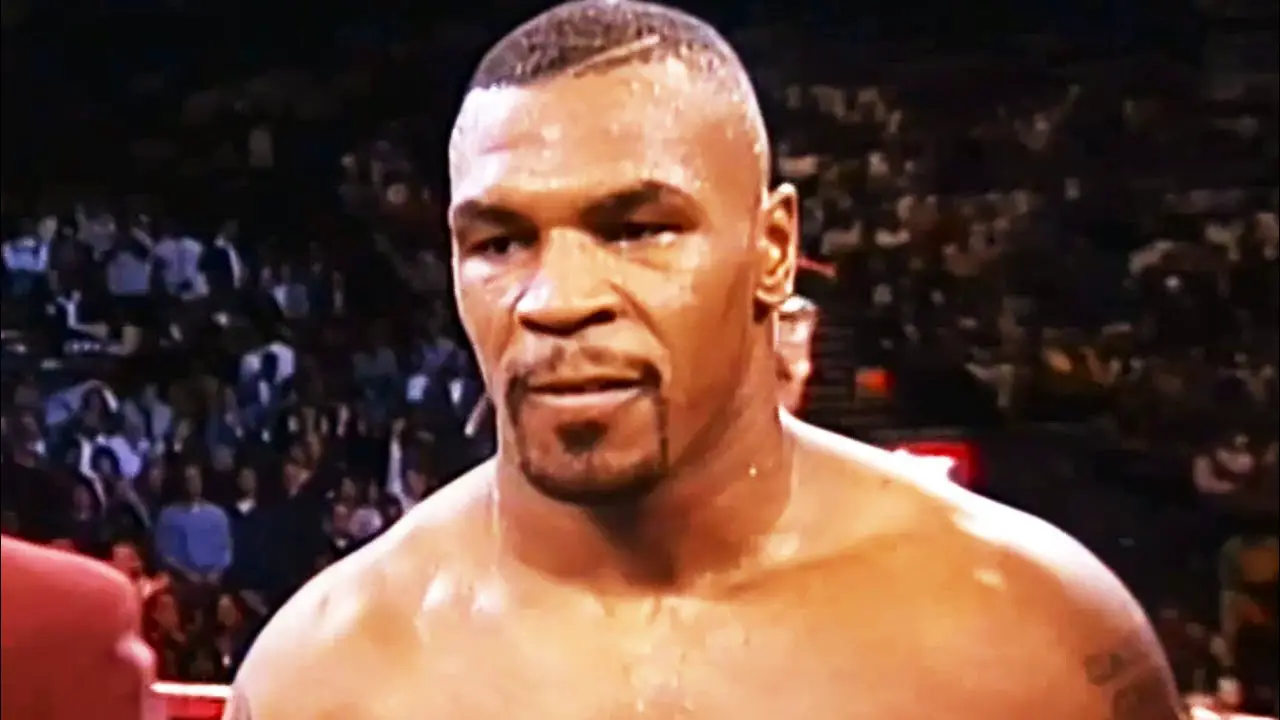Top 10 WWE Feuds That Defined Eras
Professional wrestling is based on storytelling, and no other company does this as well as the WWE. For decades, it has given fans some of the most captivating rivalries in sports entertainment that helped define their respective eras. These feuds not only elevated athletes to legendary status but entertained audiences and left behind legacies. We shall attempt to break down the top 10 WWE feuds that defined eras and shaped professional wrestling history.
Hulk Hogan versus Andre the Giant:
Era: The Golden Era itself (the 1980s)
However, the feud between Hulk Hogan and Andre the Giant is probably the most memorable rivalry from WWE’s Golden Era. This rivalry climaxed at WrestleMania III in 1987, with Hogan defending his WWE Championship against Andre in front of 93,173 fans at the Pontiac Silverdome. Of course, it is best remembered for the body slam Hogan put on Andre—a moment that had come to symbolize the rise of Hulkamania and the WWE all through the 1980s.
This competition founded WWE right in the middle of the mainstream, himself marching on to attract more and more people and further cement wrestling into popular culture. WrestleMania III proved a premise behind the potential of WWE’s biggest annual event, leading up to the future WrestleMania. Hogan and Andre’s story arc told the story of our classic hero: an underdog who took it on to slay an unbeatable giant. It is a tale that captured the imagination of millions but turned into a landmark resolution in wrestling history.
Stone Cold Steve Austin versus Vince McMahon:
Era: The Attitude Era (late 1990s – early 2000s)
The feud between Stone Cold Steve Austin and WWE Chairman Vince McMahon crystallized the Attitude Era. Within that very storyline, Austin was the hard-nosed anti-hero pitted against the boss from hell. Their several battles would end with this working-class audience in a Movieplex: Austin smashing up his beer truck all over both McMahon and The Rock, or upon so many occasions when helpless brawls would end with Austin laying down his boss with a stunner.
This feud was instrumental in attaining the highest ratings and pay-per-view buys for WWE during the Monday Night Wars against WCW. In many ways, it redefined what a WWE superstar could and should be: the anti-hero at the heart of wrestling storytelling. The Austin-McMahon rivalry blurred the lines between reality and fiction, providing a vicarious thrill whereby the audience saw their frustrations with authority enacted within the ring. It also solidified the charisma of Austin and the heel work of McMahon, which combined to create a dynamic that would not let audiences turn away from their television sets on any given week.
The Rock vs. Stone Cold Steve Austin Era: Attitude Era (Late 1990s – Early 2000s)
This feud, right here, with The Rock and Stone Cold Steve Austin, is undoubtedly one of the most talked-about in wrestling lore. They main-evented three WrestleManias: XV, X-Seven, and XIX—each match raising the intensity and stakes even more. The contrasting personas—The Rock’s charismatic arrogance versus Austin’s blue-collar defiance—made for some significant bits of TV.
Most of their matches, particularly at WrestleMania, were huge draws that significantly helped ensure WWE’s economic success.
Their rivalry spawned some of the most unforgettable moments and promos, thus cementing both as legends in wrestling history. It was purely electric between The Rock and Austin, and their wars had raised not only the personal career bar but also the bar of the entire WWE product at the time—the Attitude Era. Many still refer to those epic clashes, especially WrestleMania X-Seven, as some of the best matches in WWE history.
Bret Hart vs. Shawn Michaels
Era: The New Generation Era (Early to Mid-1990s)
The feud between Bret Hart and Shawn Michaels had been based on real hatred and professional jealousy. Their ongoing war culminated at the ’97 Survivor Series in one of wrestling’s most infamous events: the Montreal Screwjob. Michaels was handed the WWE Championship by defeating Hart. The incident has become forever etched in wrestling lore as one of its most discussed happenings. The Montreal Screwjob blurred the lines between reality and scripted entertainment, adding a layer of authenticity to WWE programming. Both superstars are celebrated for their in-ring prowess and contributions to wrestling, with their feud being a defining aspect of their careers. The bitterness and intensity of their rivalry were palpable, leading to some of the most technically sound and emotionally charged matches of their era.
Their Iron Man Match at WrestleMania XII embodies every significant part of their feud and showcases what good athleticism and natural storytelling can do.
John Cena vs. Edge
Era: The Ruthless Aggression Era (Mid-2000s)
The John Cena–Edge saga was undoubtedly the cherry atop the sundae that was the Ruthless Aggression Era. It all started at New Year’s Revolution 2006, with Edge cashing in his Money in the Bank contract on Cena to capture the WWE Championship. Their feud boasted many vicious matches between these two fierce competitors, spreading across TLC and Last Man Standing.
That did seal the deal for John Cena as the face of WWE and Edge as one of its main-event players. The matches blurred the lines between in-ring storytelling and brutality because their intensity enthralled the audience. Cena and Edge shared some organic chemistry that let them forge compelling stories inside the ring; whenever the two wrestling forces get inside a squared circle together, more and newer layers were created to this many-faceted rivalry. The savvy, opportunistic heel persona of Edge set him up flawlessly against the never-give-up attitude of Cena, and their wars are somehow memorable regarding this period.
Undertaker vs. Kane
Era: The Attitude Era and Beyond (Late 1990s – 2000s)
The Undertaker versus Kane regime in WWE history was undoubtedly one of the most memorable rivalries because of supernatural elements and familial betrayal. Debuting in 1997 as a lost brother, Kane would, therefore, go on to pursue ‘Taker into many grudge matches, notably at WrestleMania XIV and Hell in a Cell.
This cemented The Undertaker’s mythos and pegged Kane as a WWE force. With its supernatural undercurrents, the battle between them created an entirely different, captivating story narration that raged throughout a decade. That would be the dramatic, really Gothic-like storytelling attached to their feud that flavored the WWE program so much. The matches and storyline arcs of these two were distinct because of that. Their battles were much more than an issue of physical supremacy; they were a part of psychological warfare. Mind games from The Undertaker and the monster bearpit guise of Kane created a compelling, utterly terrifying dynamic.
Triple H versus The Rock
Era: Attitude Era and onwards (Late 1990s to Early 2000s)
This was the start of a rivalry between Triple H and The Rock that had been brewing since the mid-90s and reached new heights after both breakouts into main-eventers. Their battle over the Intercontinental Championship the following year accepted the two performers to fans, as did the famous ladder match at SummerSlam for the same title. Their early fight over the Intercontinental Title added prestige to it and stepped up in a critical way the main-event potential of both superstars moving forward. As main eventers, their rivalry went on to headline major events and be a part of the overall success of the Attitude Era.
Triple H and The Rock were tremendous workers on the microphone as well as inside the ring, which helped in facilitating a rivalry equally great for those outside-and-inside-ring developments. These two back-and-forth promos and intense matches put fans on their seats, capturing them and setting forth the Attitude Era’s brash, ultra-competitive spirit.
CM Punk vs. John Cena
Era: PG Era (Late 2000s – 2010s)
One of the parameters by which storylines from the PG Era should be benchmarked is the rivalry between CM Punk and John Cena, especially in their “Summer of Punk” feud in 2011. Their final encounter at Money in the Bank 2011 was set up after that famous “pipe bomb” promo by Punk, where he aired his grievances with WWE and threatened to leave with the WWE Championship.
Punk’s “pipebomb” blurred the lines between fiction and reality, drawing the fans into a different sphere. It represented the division between WWE’s corporate image and that of the disillusioned fan; in this case, Punk represented the latter. The matches between Punk and Cena were not just about athleticism but ideology as well: his anti-establishment rhetoric clashed with John Cena’s all-American and clean image that WWE embodies. Their little match at Money in the Bank 2011—upon which Punk left with the WWE Championship in his hometown of Chicago—is described as one of the greatest WWE matches ever held and a defining moment within modern wrestling storytelling.
Becky Lynch vs. Charlotte Flair
Era: The Women’s Revolution (2010s)
The rivalry between Becky Lynch and Charlotte Flair has been the epicenter of WWE’s Women’s Evolution. Things kicked up a gear in their feud way back in 2018 after Lynch turned on Flair, sending them both spiraling into a run of meaningless matches. But most importantly, their historic main event at WrestleMania 35, in which Lynch came away victorious in a Winner Take All game, really cemented things.
Their feud lived up to cementing women as main event attractions in an otherwise male-dominated industry.
The two have become synonymous with women’s wrestling, their feud being one of the massive elements that helped carry illustrious careers. Lynch and Flair gave an element of intensity and athleticism not unlike any other men’s feud, proving that women’s wrestling could stand on an even plane in terms of being able to draw both eyes and respect.
Most of their storylines were built off the platform of friendship, selling out, or just simply being the best, which really resonated with the audience and helped further the Women’s Evolution.
Brock Lesnar vs. Roman Reigns Era: The Modern Era (2010s – 2020s) The feud between Brock Lesnar and Roman Reigns has arguably been one of the most recognized features of WWE programming in this modern era. Especially their matches for a WWE Universal Championship, particularly at WrestleMania 34 and 38, were clashes of high stakes that played out before Americans as truly physical encounters with immense star power. The rivalry between these two has stayed at the center of events in the WWE main event scene, where it is portrayed between two superstars as elite athletes on the top scale in the company. The feud has undergone character changes, and deep inside, the scope of their rigid rivalry has been given meaning by Reigns’ heel turn into “The Tribal Chief.” Lesnar playing hell-bent-on-destruction and Reigns morphing into the dominant, calculating leader created a different tune in dynamics that was rather refreshing. Their matches have been those of pure, unadulterated intensity with hard-hitting actions that only make them a must-see for WWE fans. The Lesnar-Reigns storyline has gone a long way in solidifying Roman Reigns as the face of modern WWE, and it isn’t without a compelling heel turn and new character development.
Conclusion
WWE’s history is laid out with rivalries that entertained millions of fans and defined eras in professional wrestling. Some of these feuds, from Hogan vs. Andre to Reigns vs. Lesnar, are related to sports entertainment storytelling at its finest. Each had its elements—and, of course, all came with their elements, be it the broad appeal of Hulkamania or the rebellious vibe backing the Attitude Era, onto groundbreaking feats within the Women’s Evolution era.
The Hogan-Andre feud was more significant than the prosepenic clash of giants; it became something of a torch-passing, definable moment for the future of WWE.
Austin vs. McMahon was a cultural phenomenon, reflecting and then amplifying the social malaise rattling around in establishment figures.
The Rock-Austin battles were iconic confrontations symbolizing wrestling’s boom period when it was at its best.
The real-life tension brought into the on-screen drama by Bret Hart vs. Shawn Michaels only made the matches and the infamous Screwjob more marvelous.
Cena vs. Edge explained how personal rivalries could raise both superstars and result in magic moments.
Undertaker vs. Kane brought an aspect of the supernatural, or like a horror movie, to wrestling. Triple H versus The Rock was based upon mutual ambition and a desire to be the best.
It was the feud between CM Punk and John Cena during the Summer of Punk era that made the lines blur between reality and fiction, drawing in an entirely new generation of wrestling fans and, equally as significantly, critics.
The feud between Becky Lynch and Charlotte Flair broke glass ceilings by proving that women’s wrestling could main event the biggest shows and be engrossing as men’s storylines. While Brock Lesnar versus Roman Reigns is still going, it has become one of the cornerstones of WWE’s current programming—physicality with running character arcs. As times change, new rivalries will be born into the world of WWE. Still, these famous feuds will always invoke memories of being that cement between the building stones that comprise a legacy that spans a history of greatness. These feuds defined eras and set standards on what makes for excellent wrestling storytelling: sizable characters, personal conflicts, and pageantry that capture the imagination of fans worldwide.

